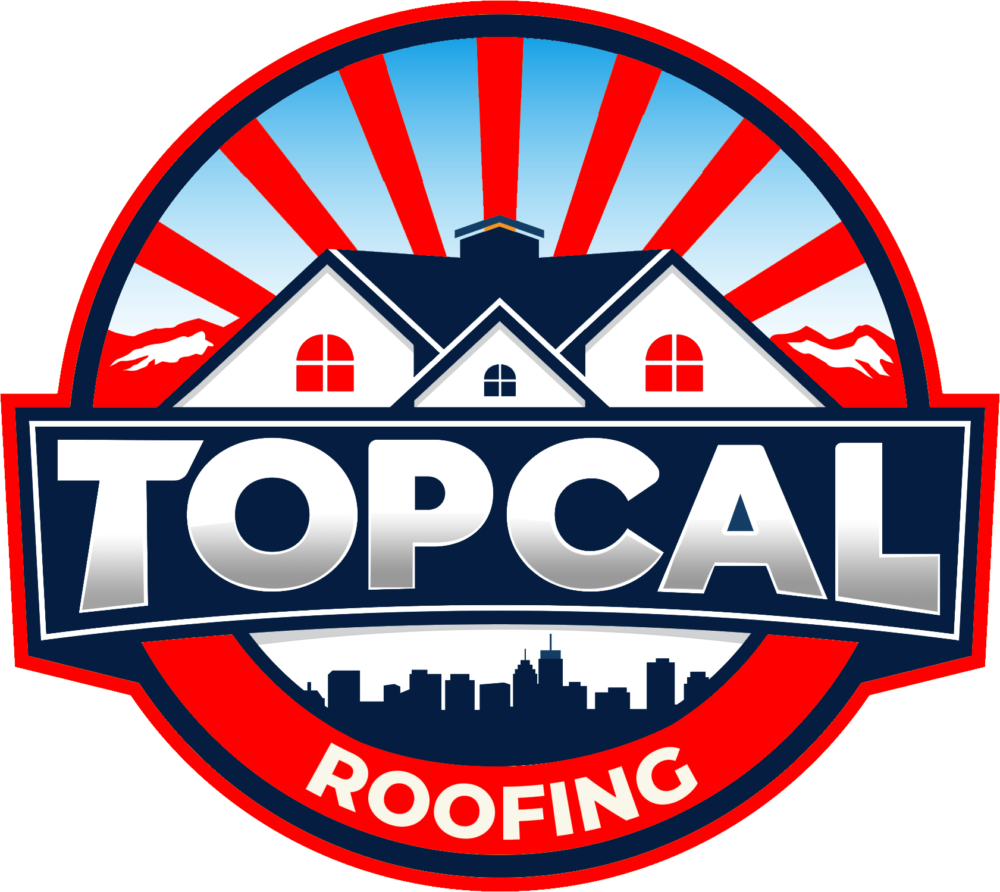Your roof does more than just keep the rain out. It protects your home from the elements, helps regulate temperature, and plays a big role in your home’s energy efficiency. But unless you’re a roofing pro, it’s easy to overlook what actually goes into making a roof work.
In this post, we’re breaking down the key parts of a roof and what they each do—so you can spot issues early, ask smarter questions, and make informed decisions if repair or replacement is ever needed.
1. Roof Decking (Sheathing)
What it is:
The foundation of your roof. Usually made of plywood or OSB (oriented strand board), the decking is attached directly to your home’s framing and serves as the base layer for everything that goes on top.
Why it matters:
If your roof has water damage or sagging areas, the decking might be rotting underneath the surface. This needs to be repaired before installing any new roofing material.
2. Underlayment
What it is:
A water-resistant or waterproof layer that sits between the decking and the outer roofing material. Common types include felt paper and synthetic underlayment.
Why it matters:
It provides a critical barrier against moisture, especially during storms or if shingles get damaged. Think of it as your roof’s backup defense.
3. Flashing
What it is:
Thin metal (usually aluminum or galvanized steel) installed around roof features like chimneys, vents, skylights, and valleys to direct water away from seams and joints.
Why it matters:
Improper or old flashing is one of the most common causes of leaks. It’s a small detail with big consequences.
4. Shingles or Tiles
What it is:
This is the part of the roof you can see. Most Southern California homes use asphalt shingles, concrete tiles, or clay tiles due to their durability and heat resistance.
Why it matters:
Shingles and tiles provide the primary protection from sun, rain, wind, and more. Damaged or missing shingles are often the first sign of a roofing issue.
5. Ridge Caps
What it is:
Specially designed shingles or tiles installed along the peak (ridge) of the roof.
Why it matters:
They protect the ridge line from water infiltration and also allow for proper airflow if combined with a ridge vent.
6. Roof Vents
What it is:
Vents that allow hot air and moisture to escape from your attic space. Common types include ridge vents, box vents, and turbine vents.
Why it matters:
Proper ventilation prevents mold, reduces attic heat buildup, and extends the life of your roof and HVAC system.
7. Drip Edge
What it is:
Metal flashing installed at the edges of the roof to guide water into gutters and away from the fascia board.
Why it matters:
It helps prevent water damage to the roof structure and supports proper drainage. It’s often overlooked, but should always be installed.
8. Gutters & Downspouts
What it is:
Attached to the edges of your roof, gutters collect and redirect rainwater away from your home through downspouts.
Why it matters:
Clogged or damaged gutters can lead to water pooling around your foundation or backing up under your roofline.
9. Fascia & Soffit
What it is:
- Fascia is the vertical board that runs along the edge of the roof.
- Soffit is the underside area beneath your roof’s overhang.
Why it matters:
These areas protect your attic and support ventilation. Damaged fascia or soffits can lead to pests, wood rot, and airflow issues.
Why Knowing Your Roof Matters
Understanding your roof’s anatomy isn’t just about knowledge—it’s about protection. When you know how each part of your roof works together, you’ll be more prepared to spot problems early, talk confidently with roofing professionals, and make smart choices when it’s time for a repair or replacement.
At TopCal Roofing, we walk you through every part of the process and explain exactly what’s going on with your roof—no jargon, no pressure.
Need a Roof Inspection? We’ve Got You Covered.
Whether you just bought a home or you’re seeing signs of wear and tear, our team at TopCal offers free roof inspections to help you understand your roof’s condition and your options moving forward.
Give us a call or schedule your inspection online today. Let’s make sure your roof is protecting what matters most.

